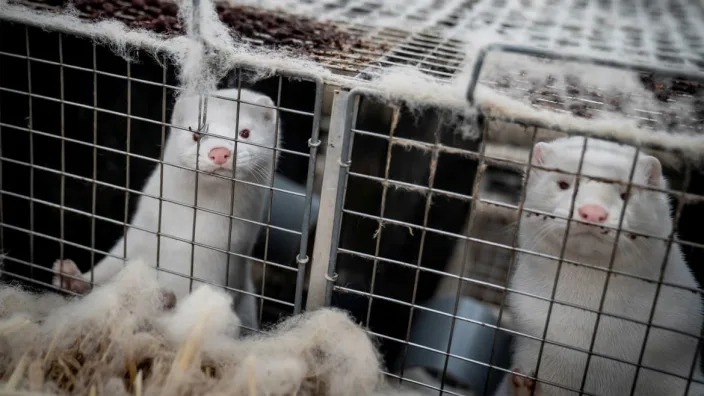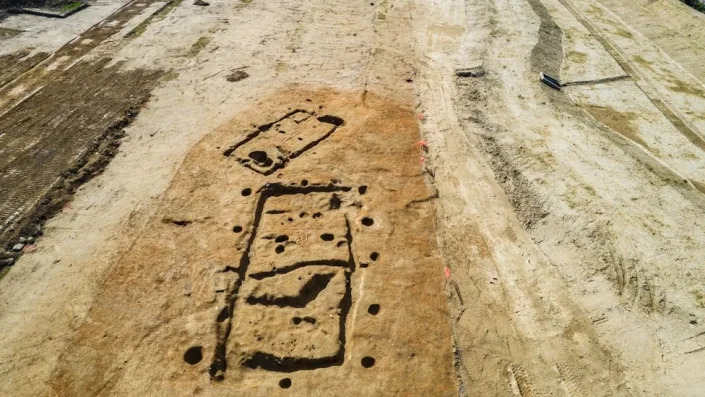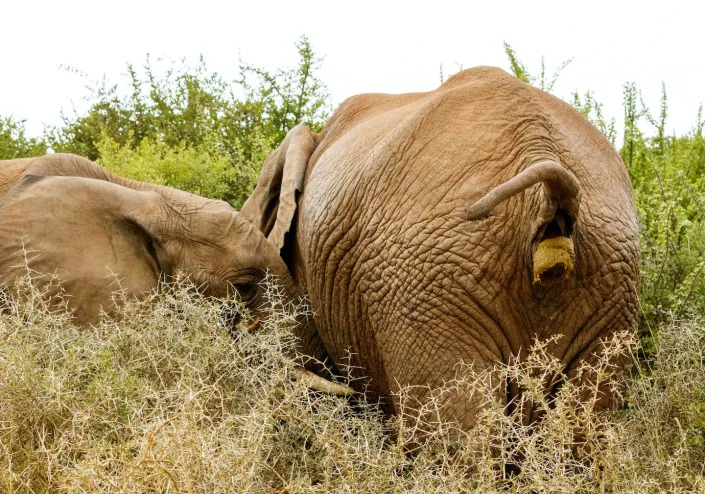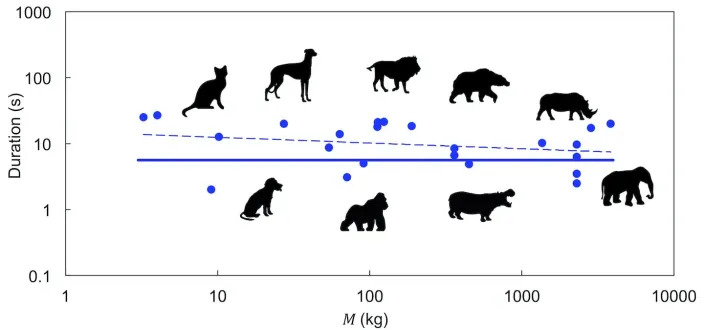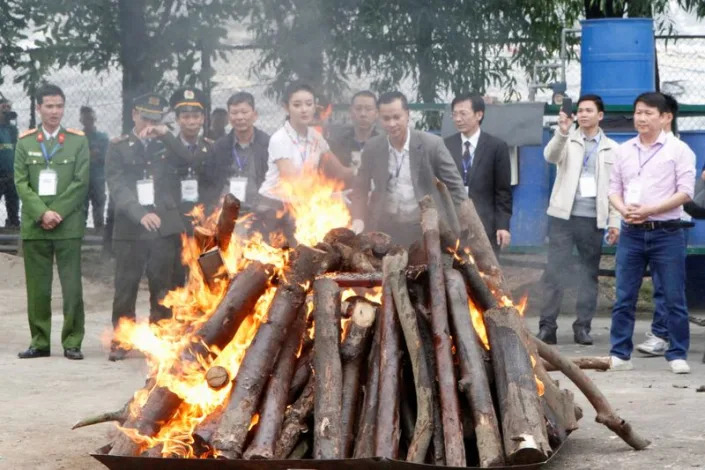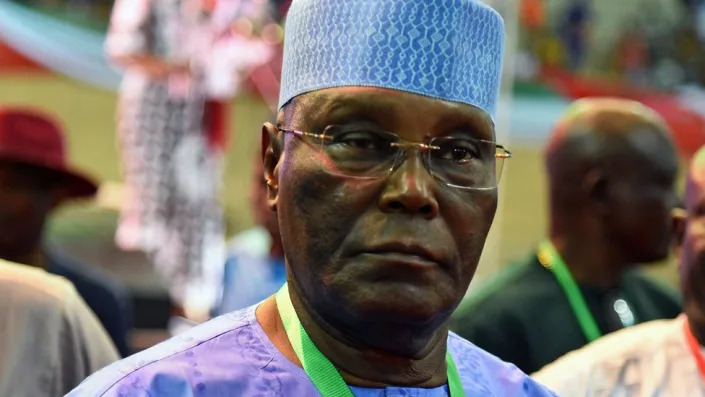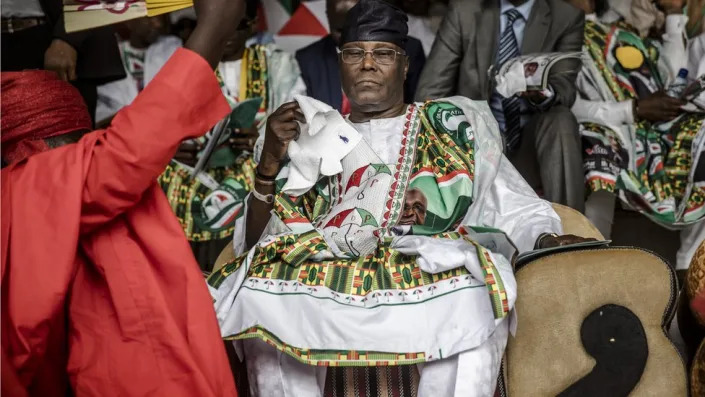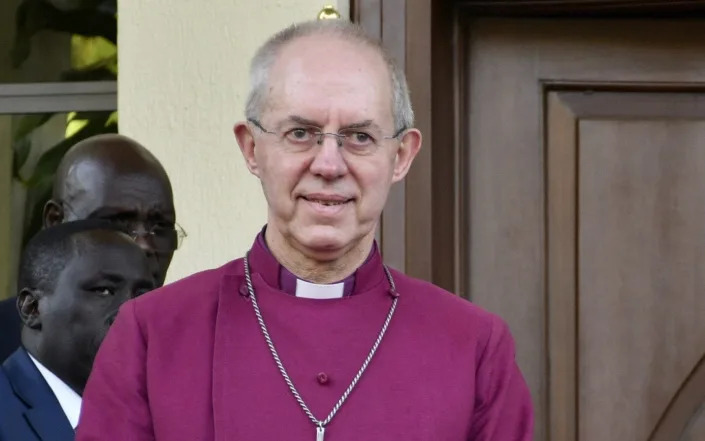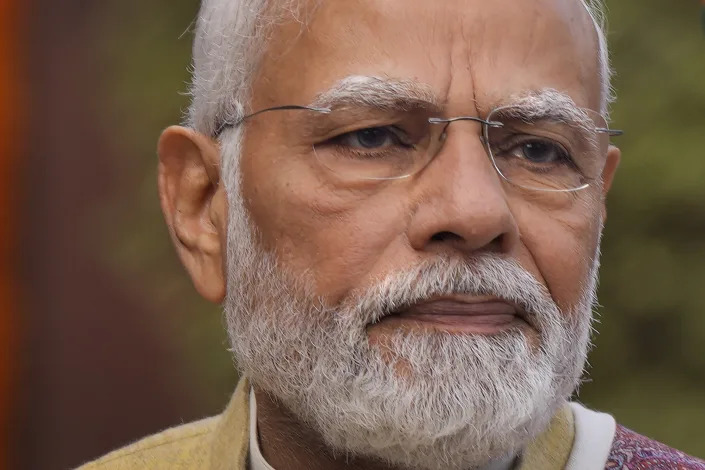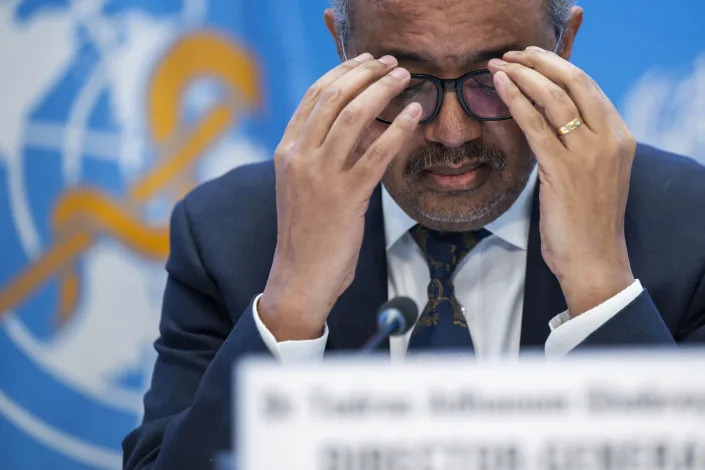Matt Young
Sun, February 5, 2023

Dado Ruvic via Reuters
As the Chinese spy balloon that soared across American skies was shot down on Saturday and lawmakers argued over who was to blame, Beijing was basking in the bedlam.
Revelations about the balloon—which China dubbed an “airship”—and its numerous counterparts floating across the world trended across social media both inside and out of China across the weekend and while Republicans and Democrats argued, Beijing had other things in mind: memes and mockery.
Comments on social media from Chinese officials and commentators echoed similar sentiments poking fun at the U.S. for making a big deal over what they claimed was simply a whole lot of hot air. It was a trending topic on China’s biggest social media site, Weibo, with more than 130 million views.
“Hate to burst your bubble, #America! But #China simply has better things to do!”
“Perhaps #China was simply giving the #US a balloon. Much like one would give a child to make them feel better!”
It didn’t help that this weekend was the beginning of the Lantern Festival, a traditional Chinese celebration, offering a whole host of opportunities for ridicule.
On Chinese social media, the balloon is referred to not as the spy balloon, as it is known in the West, but the “Wandering Balloon,” according to What’s on Weibo—a pun from the 2019 Chinese sci-fi blockbuster that just saw its prequel released.
According to The China Project, public opinion appeared divided on whether to believe the official lines from the Chinese government. “On Weibo, opinions are split as to whether the balloon is an intelligence-collecting device sent out purposefully by the Chinese government.”
“Some people followed the official narrative parroted by a string of state media publications including the Global Times. But most commenters were skeptical of China’s explanation, writing that with all things considered, they were hard pressed to believe that the drifting was a pure coincidence.” However, the report says the balloon continued to be the butt of the joke.
Across the Pacific, however, there appears to be continuing reason for concern.
The balloon “was being used in an attempt to surveil strategic sites in the continental United States,” Secretary of Defense Lloyd J. Austin III said in a written statement Saturday. U.S. officials first detected the balloon and its payload Jan. 28 when it entered U.S. airspace near the Aleutian Islands. The balloon traversed Alaska, Canada and re-entered U.S. airspace over Idaho. The high-altitude surveillance balloon was first detected over Montana and spent time above Malmstrom Air Force Base, which stores hundreds of nuclear weapons. It was shot down off the coast of South Carolina on Saturday.
In concerning revelations published by the Financial Times over the weekend, China has boasted of its military use of stratospheric balloons before. The newspaper cited a military channel of the country’s state broadcaster, CCTV, which aired a report in 2018 that claimed “a high-altitude balloon tested hypersonic missiles.”
Video footage carried by CCTV and reposted on social media app Douyin at the time, but now deleted, showed a balloon visually identical to the one over the US last week carrying what looked like three different kinds of warheads.”
Despite the jokes, China responded to the U.S. and expressed its “strong dissatisfaction” against America’s “use of force to attack civilian unmanned airships.”
China said in a statement from its Ministry of Foreign affairs that it had “repeatedly informed the US side after verification that the airship is for civilian use and entered the US by complete accident.”
